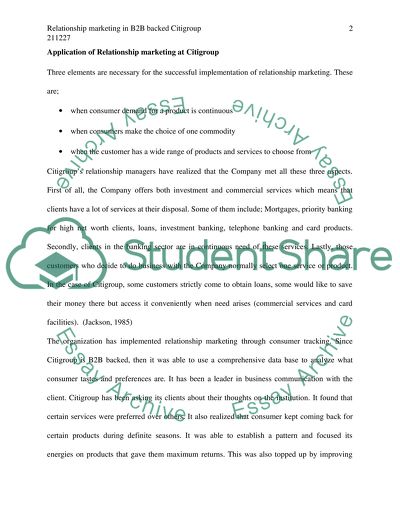Cite this document
(“Relationship Marketing Through a Number of Pathways Research Paper”, n.d.)
Relationship Marketing Through a Number of Pathways Research Paper. Retrieved from https://studentshare.org/marketing/1527321-marketing-management-master-essay
Relationship Marketing Through a Number of Pathways Research Paper. Retrieved from https://studentshare.org/marketing/1527321-marketing-management-master-essay
(Relationship Marketing Through a Number of Pathways Research Paper)
Relationship Marketing Through a Number of Pathways Research Paper. https://studentshare.org/marketing/1527321-marketing-management-master-essay.
Relationship Marketing Through a Number of Pathways Research Paper. https://studentshare.org/marketing/1527321-marketing-management-master-essay.
“Relationship Marketing Through a Number of Pathways Research Paper”, n.d. https://studentshare.org/marketing/1527321-marketing-management-master-essay.


